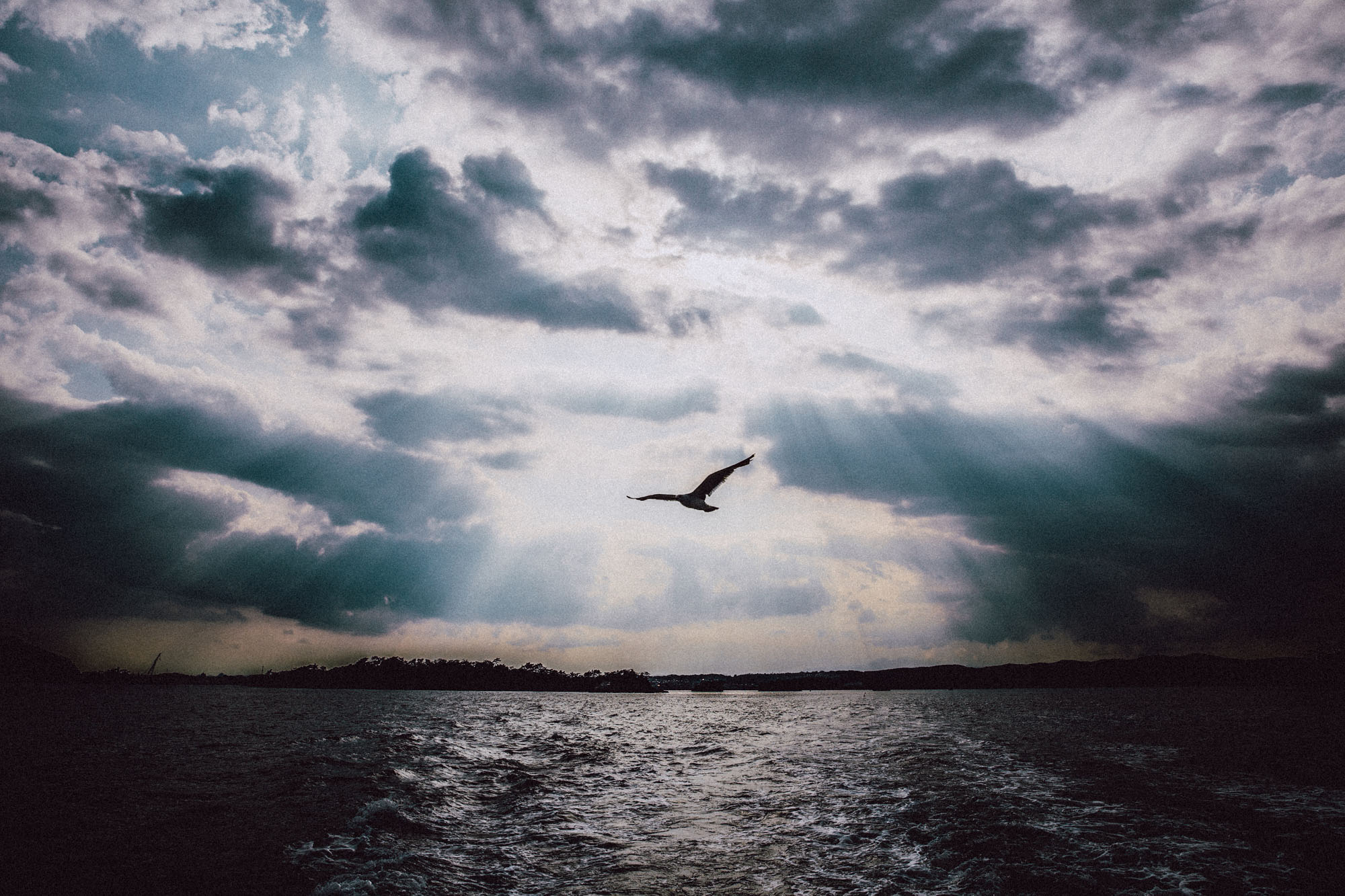The sea in Tohoku is beautiful and cruel. A vast mass that owns the horizon, it shimmers in the sun, abundant and giving, like a mother that charms and nurtures. However, it is also a primeval force, a deep darkness that may swell up in rage and devour its charges.
This duality of the sea has fated two towns in Miyagi Prefecture. Neighbors on the eastern coast, Matsushima and Higashi-Matsushima have lived with the sea very differently — never more so than during the tsunami that followed the Great East Japan Earthquake in March 2011.
Matsushima, whose coastal views earned it fame as one of the three most scenic spots in Japan, survived the deluge unharmed. In fact, the emblem of its beauty, the pine-covered islets dotting the bay, served as a natural buffer that weakened the force of the waves.


















With your current subscription plan you can comment on stories. However, before writing your first comment, please create a display name in the Profile section of your subscriber account page.